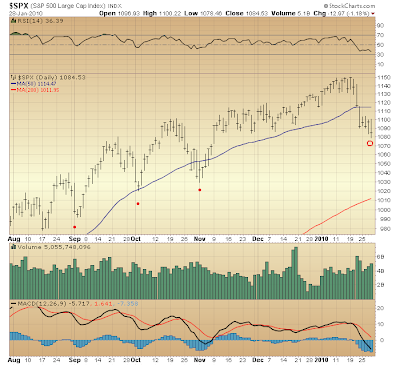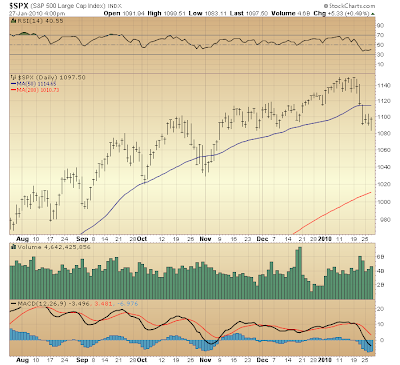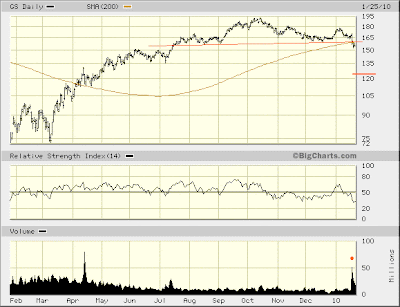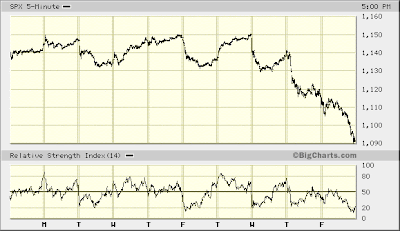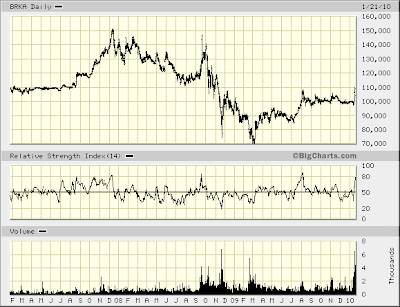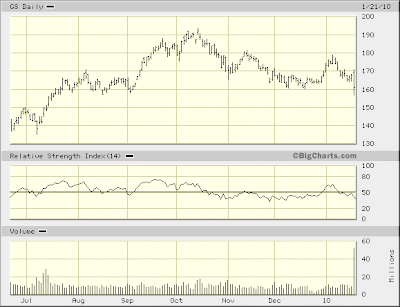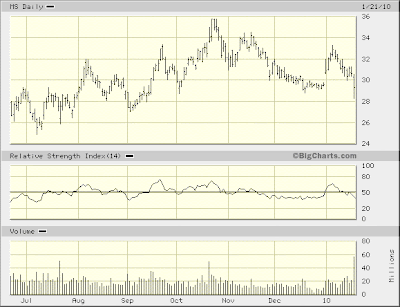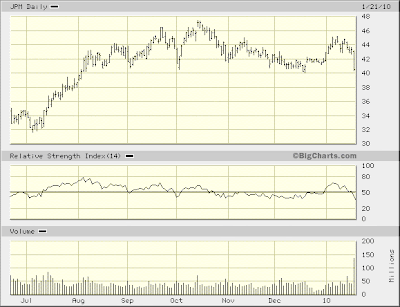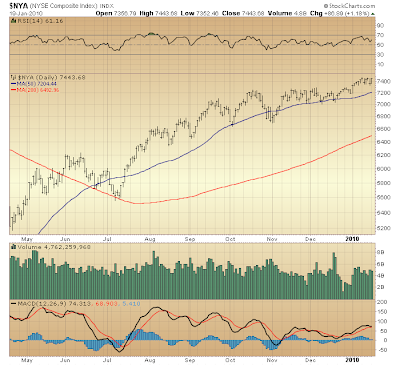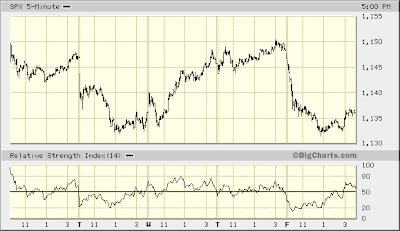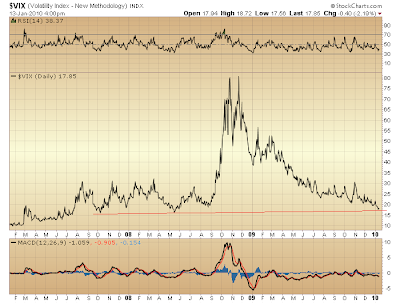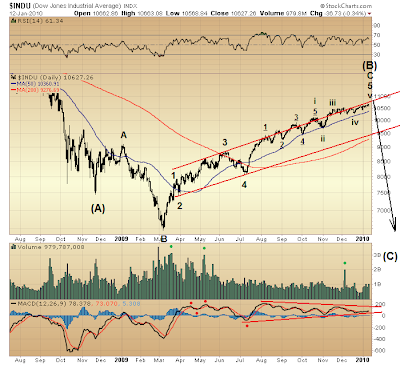The writing is on the wall. Everywhere is trouble threatening Team Fraud.
Bankers on the hot seat. Their pet monkey unconfirmed. Boy Wonder at Treasury behaving as though the calender reads 1972...
Oh, so the former president of the New York Fed knew nothing about the AIG memos. Couldn't even tell you what they're about! I don't know,
Mr. Haldeman... What will come of it once
Congress turns over a few stones?
Storm clouds plainly are building around AIG. Its former CEO now is
turning on the company's once partner in crime, and weaving some sort of
fantasy not without risk of backfiring.
This could not come at a more inopportune moment either, what with secret health care "reform" negotiations set to produce a bill making AIG one of the
primary beneficiaries. Just what everyone is up for(!) ... another subsidy to a 100% bankrupt enterprise made on Wall Street.
So, today we have proposed a "Financial Crisis Responsibility Tax" venturing to distract attention away from the ongoing need for massive subsidization of insolvent financial institutions. Another D.O.A. non-starter? Add zero Senate Republican support plus any number of Senate Democrats up for re-election — you know, the likes whose knowledge of which side their political life's bread is buttered on, such as led to their aye vote on TARP — and the President's
bone to those whose trust continues abused (by, say, record foreclosures) has all the look of another surefire
policy disaster.
OBVIOUSLY, Team Fraud is in disarray, as its political cover is coming under increasing attack. Likewise, it is growing clear that, in the effort to support a bailout regime time for throwing bones has passed. Thus, the President's ridiculous proposal effectively is signaling status quo alternatives are few.
Here and now, those enterprises at the center of it all are damned if they do and damned if they don't. Indeed, JPM could bring in more revenue than Treasury, or contrarily could announce they are broke. It does not matter, because the financial industry operates in a heavily subsidized environment whose viability is in grave doubt.
Some time ago I suggested that, were March 2009 lows violated this likely would be seen a vote of no confidence in the lender of last resort's efforts to bail out the financial system. This view remains valid.
Yet no matter what doubt in the viability of the present supportive arrangement might be growing, bottom line is the President's crazy "Financial Crisis Responsibility Tax" represents an effort at maintaining some semblance of the current status quo whose defining feature treats a host of derivative credit securities as viable, rather than hopelessly insolvent. Thus, bankruptcy reorganization is meeting continued resistance. Renewed bouts of chaos precipitating attendant efforts to restore "order" in much the same fashion as we have already seen are to be expected, then.
Given this fundamental reality, some better sense forms about
when the stock market might collapse, taking major indexes back to levels last seen in the 1987-1994 time frame. Having the other day
commented that, over the next 12-24 months we might see a range-bound trade between current levels and the March '09 low, posterity seems well-served developing this possibility.
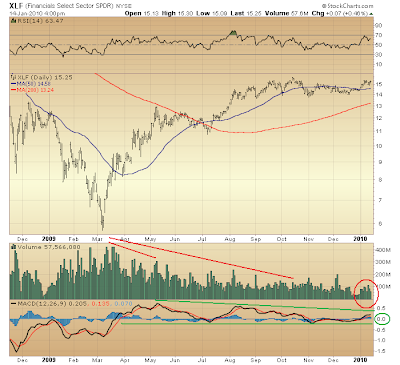
So, take the Financials Select Sector SPDR which is displaying the same increasing technical weakness as prevails across the broad market. Having rallied more strongly than broader averages off March '09 bottom, the XLF has been in a holding pattern more or less over the past five months, while the broader market has narrowed its disparity with the XLF's gains.
If the XLF reasonably is seen leading the market lower into March '09 bottom ... and now back up ... then its current five month stall ought not be ignored. Nevertheless, though, being a Wile E. Coyote routine, one also could imagine a final burst from that ACME rocket propulsion backpack. Maybe the Great 2009 Squeeze, Strong v. Weak Net Short, has some juice left. Then again, maybe not.
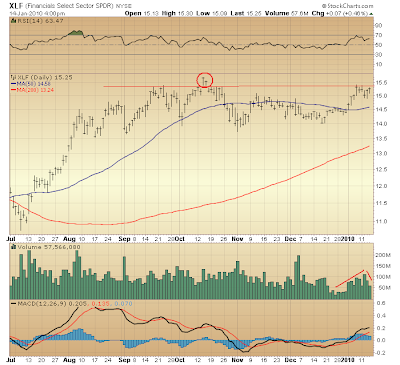
The XLF's
island reversal noted back on
November 30, 2009 remains intact and, so far, continues presenting upside resistance. My suspicion is resistance will hold, providing further evidence that, deteriorating technical conditions underlying all major market averages are setting the stage for a trip back down to the vicinity of March '09 lows. Of course, this probably will not happen overnight. Yet, though, truth is it could.
Being there are a few alternate Elliott Wave possibilities once the counter-trend rally off March '09 bottom completes the underlying technical character accompanying the market's turn back down should isolate which most likely is unfolding. Probably most relevant right now is determining whether wave
(C) will have begun or whether wave
(B) still will be forming.
Per the former possibility, waves
1 and
2 of
(C) are likely to form above the March '09 low. Per the latter, what I have thus far labeled waves
A,
B and
C of wave
(B) forming since late-November 2008 might instead be waves
(a),
(b) and
(c) of wave
A of
(B). This would mean wave
B down toward the March '09 low (unfolding in an
(a)-
(b)-
(c) zig-zag form) and then wave
C back up (unfolding in five waves) lie ahead.
Honestly, it probably will be some time before a case can be made about which possible Elliott Wave form is unfolding. Since every effort likely will be made to avoid bankruptcy reorganization of financial institutions stuffed with trillions of dollars of what are now, or likely to become, effectively worthless securities, there is a reasonable case for supposing March '09 low will hold for a time. Yet bottom line is there simply are not enough windmills that can be built for the sake of adding physical capacity to create wealth necessary to assure the viability of existing financial claims. Nor are there enough elderly and poor to send to an early grave, freeing health care dollars needed to bail out the hopeless AIG. So, status quo attempts to paper over increasingly unwieldy financial liabilities are rather likely ... until no one buys the supply necessary to keep everything afloat.
(Per recent secondary offerings of TARP junkies, the absorption of that supply is seen strictly a stopgap necessity. One need only imagine the hit to all financial institutions holding crap similar to that on the books of the TARP banks were their secondary offerings to sink faster than Titanic.)
The Financials Select Sector SPDR certainly bears watching in an environment where the sector remains a driving force likely to be fixed in the political spotlight for some years to come. Per short-term trend leadership the sector might offer, a similar perspective was behind
analysis presented here March 21, 2009, discussing how trading in GE late in 2008 appeared to be telegraphing trouble that hit the broad market over the first couple months of 2009.
Now, although the broad market has taken the XLF's lead off March '09 bottom, truth remains the bid's reach only
deceptively has carried NASDAQ higher, whose leaders are few and prayers are many. This deserves pointing out once again because absence of animal spirits running wild on NASDAQ, indeed, is keeping March '09 bottom in sight and likewise supporting the thesis that, over the next 12-24 months the wide range established over the past 12 months might very well bound trading.

* * * * *
© The Risk Averse Alert — Advocating a patient, disciplined approach to stock market investing. Overriding objective is limiting financial risk. Minimizing investment capital loss is a priority.
Analysis centers on the stock market's path of least resistance. Long-term, this drives a simple strategy for safely investing a 401(k) for maximum profit. Intermediate-term, investing with stock index tracking-ETFs (both their long and short varieties) is advanced. Short-term, stock index options occasionally offer extraordinary profit opportunities when the stock market is moving along its projected path.
Nothing is set in stone. Nor is the stock market's path of least resistance always known. More often than not, there are no stock index option positions recommended. There's an easy way to boost your investment discipline...
There's an easy way to boost your investment discipline...
Get Real-Time Trade Notification!
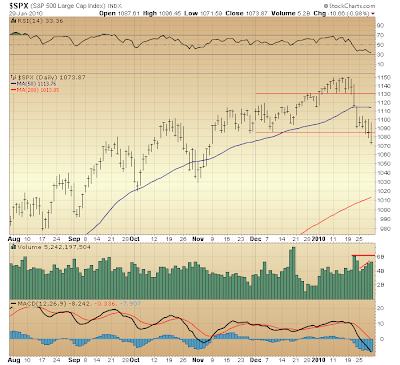 Look at that. It is all bad. Dive, dive, dive!
Unknown is whether a first wave down from January's top and a second wave up, correcting this, have formed, and whether, now, a third wave down has commenced. This is entirely possible. Certainty about this should likely come first thing Monday morning, too.
Bear in mind it is possible the European Union won't collapse this weekend. Although by the sound of things this could happen any day now, according to EU Monetary Affairs Commissioner Joaquin Almunia, there's no need to fear the worst...
Look at that. It is all bad. Dive, dive, dive!
Unknown is whether a first wave down from January's top and a second wave up, correcting this, have formed, and whether, now, a third wave down has commenced. This is entirely possible. Certainty about this should likely come first thing Monday morning, too.
Bear in mind it is possible the European Union won't collapse this weekend. Although by the sound of things this could happen any day now, according to EU Monetary Affairs Commissioner Joaquin Almunia, there's no need to fear the worst...

 There's an easy way to boost your investment discipline...
Get Real-Time Trade Notification!
There's an easy way to boost your investment discipline...
Get Real-Time Trade Notification!
